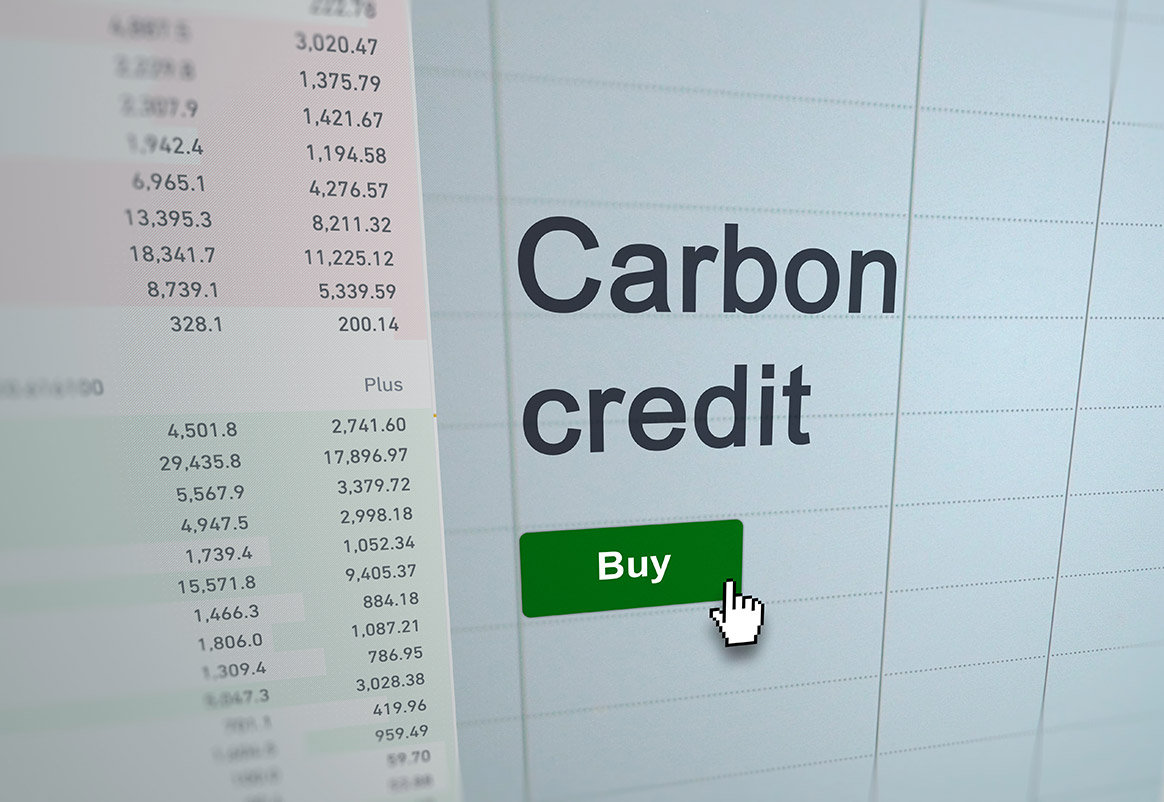As global concerns about climate change intensify, the role of carbon credits in agriculture has gained significant attention. For those new to commodity trading, understanding carbon credits and their connection to agricultural practices is essential. This article provides an overview of what carbon credits are, how they function in agriculture, and why they are becoming an important factor in the trading of agricultural commodities.
What Are Carbon Credits?
Carbon credits are a type of tradeable permit that represents the right to emit one metric ton of carbon dioxide (CO2) or the equivalent amount of another greenhouse gas. These credits are used in carbon markets, where companies and governments can buy and sell them as part of efforts to reduce overall greenhouse gas emissions.
The basic idea behind carbon credits is to create a financial incentive for reducing emissions. Companies that reduce their emissions below a certain level can sell their excess credits to other companies that need to offset their higher emissions. This market-based approach helps to lower the total amount of greenhouse gases released into the atmosphere.
How Do Carbon Credits Work in Agriculture?
Agriculture is both a source of greenhouse gas emissions and a potential contributor to their reduction. Through practices that reduce or sequester carbon emissions, farmers and agricultural businesses can generate carbon credits. These credits can then be sold in carbon markets, providing an additional revenue stream for those engaged in sustainable farming practices.
- Carbon Sequestration: Agricultural practices that capture and store carbon in the soil or vegetation are key to generating carbon credits. For example, regenerative agriculture techniques, such as cover cropping, agroforestry, and reduced tillage, enhance the soil’s ability to store carbon, thereby removing CO2 from the atmosphere.
- Emission Reductions: Farmers can also generate carbon credits by adopting practices that reduce greenhouse gas emissions from agriculture. This includes improving fertilizer efficiency, managing livestock waste more effectively, and switching to low-carbon energy sources for farming operations.
- Verification and Certification: To sell carbon credits, agricultural activities must be verified and certified by recognized bodies. These organizations ensure that the carbon savings are real, measurable, and permanent. Once verified, the credits can be traded on carbon markets.
The Role of Carbon Credits in Commodity Trading
Carbon credits are increasingly influencing the agricultural commodity markets as sustainability becomes a critical concern for consumers, regulators, and investors. Here’s how carbon credits intersect with commodity trading:
- Market Differentiation: Commodities produced with low-carbon or carbon-neutral practices can be marketed as more sustainable, potentially attracting premium prices. This is particularly relevant in markets where consumers are willing to pay more for environmentally friendly products.
- Risk Management: As governments around the world implement stricter regulations to curb greenhouse gas emissions, carbon credits offer a way for agricultural producers to comply with these regulations. By generating or purchasing carbon credits, companies can manage the risk of future carbon pricing policies.
- Investment Opportunities: The growing market for carbon credits presents new investment opportunities in agriculture. Traders and investors can support projects that generate carbon credits, contributing to the expansion of sustainable practices while potentially earning returns from the sale of these credits.
- Corporate Responsibility: Companies involved in the production and trading of agricultural commodities are increasingly adopting carbon credits as part of their corporate social responsibility (CSR) strategies. By reducing their carbon footprint or investing in carbon offset projects, companies can enhance their environmental credentials and meet the expectations of stakeholders.
Challenges and Considerations
While carbon credits offer significant potential benefits for agriculture and commodity trading, there are also challenges to consider:
- Verification and Standardization: The process of verifying and certifying carbon credits can be complex and costly. Ensuring that these processes are standardized and transparent is crucial for maintaining the integrity of carbon markets.
- Market Volatility: The price of carbon credits can fluctuate based on market conditions, regulatory changes, and demand. This volatility can impact the profitability of carbon credit projects and the stability of carbon markets.
- Accessibility for Small Farmers: Smallholder farmers may face challenges in accessing carbon markets due to the costs and complexities involved in certifying carbon credits. There is a need for mechanisms that make it easier for smaller producers to participate in these markets.
- Long-Term Viability: The long-term success of carbon credit markets depends on continued demand for carbon offsets and ongoing support from governments and international organizations. Ensuring that carbon credits remain a viable tool for climate mitigation requires sustained commitment at all levels.
Carbon credits represent a powerful tool for reducing greenhouse gas emissions and promoting sustainable practices in agriculture. As the global focus on climate change intensifies, the role of carbon credits in commodity trading is likely to grow. For beginners in the commodity trading sector, understanding how carbon credits work and their impact on markets is essential. By supporting and investing in carbon credit projects, traders and producers can contribute to a more sustainable future while also benefiting from the financial opportunities these markets offer. As the industry continues to evolve, carbon credits will play an increasingly significant role in shaping the future of agricultural commodities and global trade.
